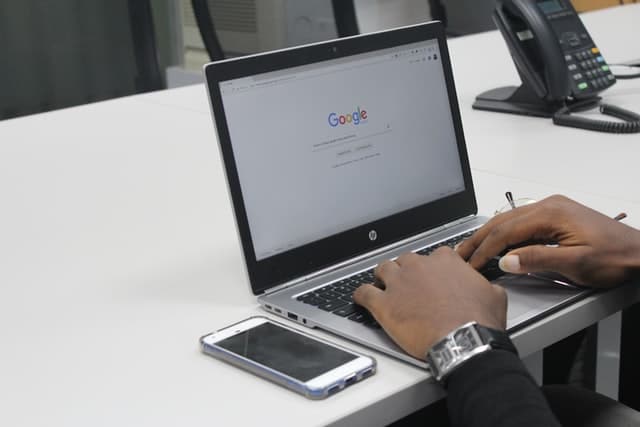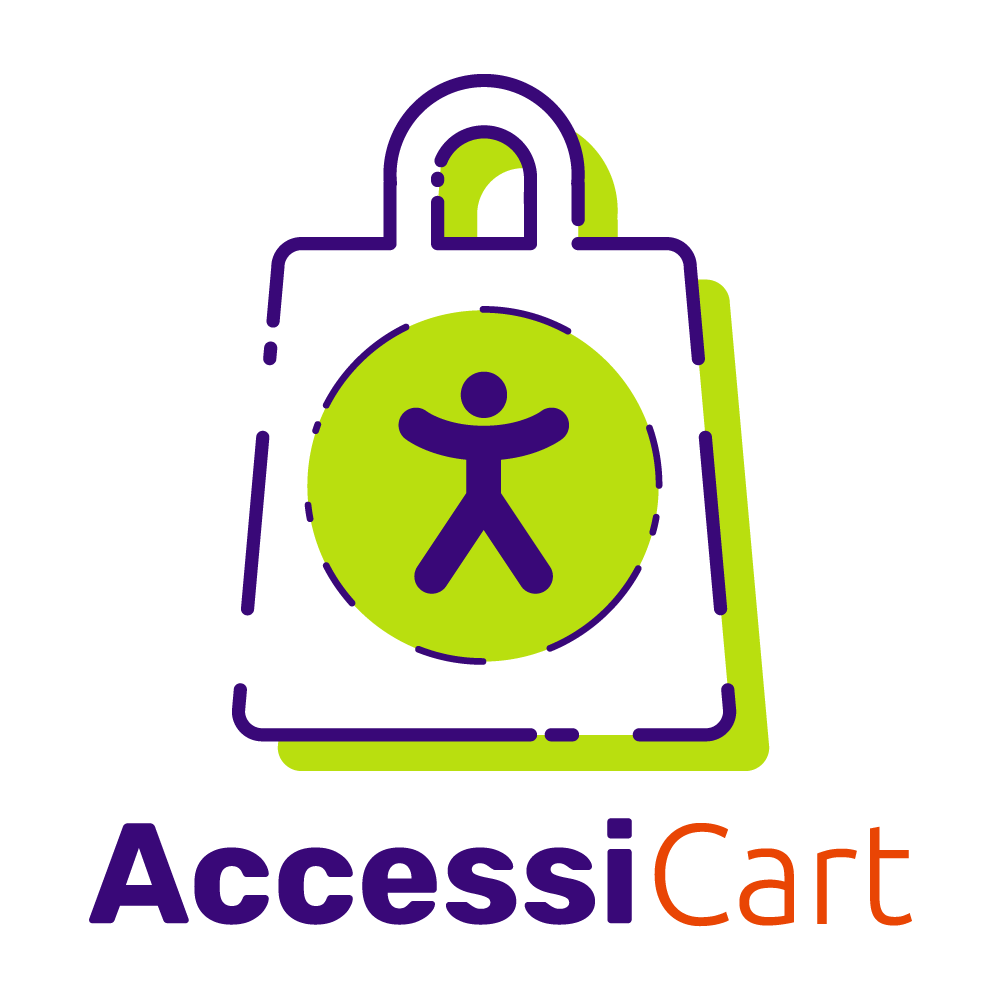
When I tell new people that I specialize in creating accessible websites, I can sometimes almost see two distinct thought bubbles pop up over their heads: One with an image of a laptop, and another with an image of a wheelchair.
People don’t often immediately see how the two concepts connect. They may assume that accessibility issues won’t apply to their sites, either because their products aren’t geared toward the disabled community or because they don’t provide an essential service.
But digital accessibility at its core is simple, and its mission is relevant to everyone who runs a website. Accessibility is all about making your content as widely available to as many people as possible.
Investing in website accessibility is simply the right thing to do. It’s an easy way to make other people’s lives easier and make the world just a bit more fair. But it’s also technically the law. In the US, the Americans with Disabilities Act guarantees all people equal access to electronic and information technology. There are simliar laws in many jurisdictions & provinces of Canada, and countries of Europe. And increasingly, businesses are being held liable for damages when their websites are deemed impossible for disabled people to use.
Thankfully, when business owners choose to spend a little extra energy making their sites accessible for everyone, they also reap other rewards in the form of these surprising benefits.
1. Better User Experience for Everyone
Without getting too deep into the technical aspects of making a website accessible, we can break it down this way: Most accessibility upgrades aim to make a site easier to read and easier to navigate.
On an accessible website, it’s easy for visitors to navigate menus and text headers with keyboard shortcuts, and they can read text and view images with no trouble.
Guess what? Even if you’re not visually impaired, you’ll appreciate being able to navigate a website where the text isn’t uncomfortably small or whose colors contrast uncomfortably with the background color. Even if you typically use a mouse to navigate a website, you may occasionally find yourself in a situation where you’re limited to the keyboard — perhaps because you’re holding a wiggly baby, for example, or even having technical issues with your hardware. (In the biz, we call these “contextual limitations.”)
By prioritizing accessibility for your disabled visitors, you’re also prioritizing usability for all of your website visitors. And when a site is easier to use, it’s more likely to attract and retain customers and readers.

2. Better Search Engine Optimization
No matter which specific technical factors or algorithms search engines use to rank content, their end goal is the same: To display the web results that answer users’ questions as quickly and clearly as possible.
To figure out which sites are the best fit for a certain query, search engines analyze factors that indicate readability and relevance. For example, they may assess whether text is divided into helpful subsections, measure how quickly people leave your site after they land on it, and scan text for certain words or phrases that indicate what the page is all about.
By paying more attention to how website content is organized and making sure to label the information properly, you’re helping humans as well as search engines dissect the information properly. (Search engine optimization, commonly referred to as SEO, is an entire field dedicated to making sure that your web pages can get listed as prominently as possible for the right search terms.)
For example, providing descriptive alternative text (commonly known as “alt text”) for photos and using official headings (or “canonical tags”) correctly is crucial for visually impaired people using screen readers who want to understand the site content. However, those things are also sometimes used by search engines that need to “understand” the content on each page.
And in general, search engines “want” to favor content that’s easy for everyone to use. That’s why alt text will always be important for SEO.
3. A Wider Audience
You may not think that disabled people make up much of your audience, but The Centers for Disease Control has estimated that 26 percent of all adults in the U.S. have a permanent or temporary disability.
We already mentioned contextual disabilities (for example, maybe you can’t see your computer screen properly because of a sunny glare on the screen where you’re sitting), but temporary disabilities are also very common. For example, many of your website visitors throughout the year may have to wear casts or splints on their arms or fingers. For these people and for those who are more permanently disabled, an easy-to-navigate site might mean the difference between a new customer and one more bounced visitor.
Finally, if the 1 in 4 statistic doesn’t convince you that making your website accessible will widen your audience, consider that disabled people have plenty of family members and friends who will hesitate to support any business that doesn’t make an effort to be inclusive to their loved ones.
4. A Better Impression for Values-Driven Buyers
It’s not just the friends and family of disabled people who care about inclusiveness and accessibility.
There are many values-driven buyers out there who will have a more positive response to your brand when you show that you value inclusivity for people with disabilities.
If you need convincing, the 2018 Edelman Earned Brand study found that 64% of people around the world will buy or boycott a brand solely because of its position on a social or political issue.
Adding an accessibility policy to your website (for reference, here’s our own accessibility policy), then linking to that policy in the footer alongside other important policies (such as your privacy policy — here’s ours) is a nice, simple way to show your visitors that you care about this issue. Bonus: Linking to a page that encourages visitors to contact you if they encounter any accessibility problems with your site can also stave off potential accessibility lawsuits — as long as you attentively respond to anyone who does reach out to you.

5. Higher Customer Retention Rates
Most business owners agree that it’s much less expensive to keep existing customers than it is to acquire new ones. And the data shows that your existing customers have an increasing chance of becoming disabled as they age.
That means that even if your site has worked just fine for customers in the past, keeping their loyalty long-term will probably require making your site easier to use for those with limited use of their vision or hands.
Even customers who are experiencing any type of mental health challenge will appreciate using a site that’s as simple to use as possible, without any overwhelming visuals or confusing features.
We consider an investment in website accessibility to be an investment in your customers.
Ready to Get Started?
Our team truly believes that everyone deserves equal access and equal opportunity when it comes to web content. We’ve also noticed that most people who start to learn about website accessibility eventually become more passionate about it. We consider an investment in website accessibility to be an investment in your customers.

Our Accessibility Maintenance Plans help you remove barriers for people with disabilities and meet legal requirements with confidence.